Samsung Electronics Unveils Galaxy S7 and S7 Edge
On February 21 (local time), Samsung Electronics held Samsung Galaxy Unpack 2016 event at the Barcelona International Convention Center (CCIB), Spain, and unveiled smartphone Galaxy S7, Galaxy S7 Edge, and Gear 360, a camera that can film in 360°.
Koh Dongjin, Samsung Electronics Mobile Communications Business president, announced that at this important time of change in the mobile industry, Samsung Electronics will provide not only smartphone but also the comprehensive experience and value for the consumers through diverse products, contents, and service surrounding the smartphone. He added that the company will pay even more attention to the consumers in future and lead the mobile market through ceaseless challenges in new technology and areas.
4 items were much emphasized in Galaxy S7 and S7 Edge. Firstly, for the camera, the latest technology used in the top DSLR, dual pixel image sensor was applied to smartphone for the first time in the world. Particularly, the demonstration of Galaxy S7 and S7 Edge camera’s superiority through the comparison with iPhone 6S is analyzed to be a move to come ahead in the future competition with iPhone.
The second is the battery capacity. Despite that the embedded battery of S6 and S6 Edge was considered a great drawback, the same was applied to the most recent S7 and S7 Edge. However, the battery capacity increased by 38%, in the case of S7 Edge, with 3,600 mAh, and improved on the disadvantage of embedded battery.
The third is the low energy consumption environment. AOD (always-on display) was applied, and also to meet the trend of heavy gaming use, the next generation graphic Vulkan API (application programming interface) is supported that can be also used on consoles, minimizing the energy consumption.
Fourthly, the new smartphone has the waterproof and dustproof function. The highest standard in waterproof/dustproof IP68 grade was applied to Galaxy S7 and S7 Edge, and provides highest protection. With this function applied to the entire smartphone including components such as USB terminal and earphone jack, waterproofing is possible without a USB cover.
Additionally, Samsung Electronics expanded the Galaxy ecosystem and revealed Gear 360, a camera that can take pictures and videos in 360° at the Samsung Galaxy Unpack 2016.
Gear 360 has two 195° fish-eye lenses that can take 180° wide angle pictures and videos. These can be put together and generate contents that can be viewed in 360° horizontally and vertically. This can be viewed in virtual reality through Gear VR.
Gear 360 can be connected to Galaxy S7, S7 Edge, S6, S6 Edge+, Note5, S6 Edge, and S6, and can film through smartphone application, preview and upload the contents to social network and Google Street View.
Galaxy S7 and S7 Edge will be available in 4 colors (white pearl, silver titanium, gold platinum, and black onyx) with luxurious and glass quality. Gear 360 is expected to be released in white in the first half of 2016.

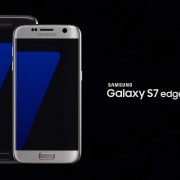
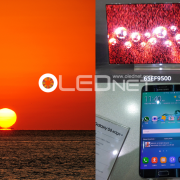
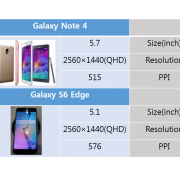

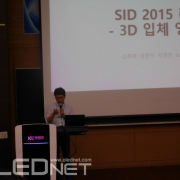



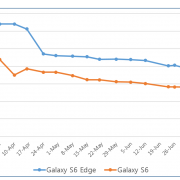


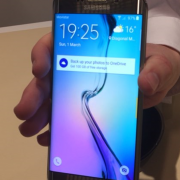
![150303_[MWC2015]Samsung Electronics’ Galaxy 6 and the ‘ultimate weapon’ Galaxy S6 Edge](http://www.olednet.com/wp-content/uploads/2015/03/150303_MWC2015Samsung-Electronics’-Galaxy-6-and-the-‘ultimate-weapon’-Galaxy-S6-Edge1.png) <Galaxy S6 Edge, Samsung>
<Galaxy S6 Edge, Samsung>